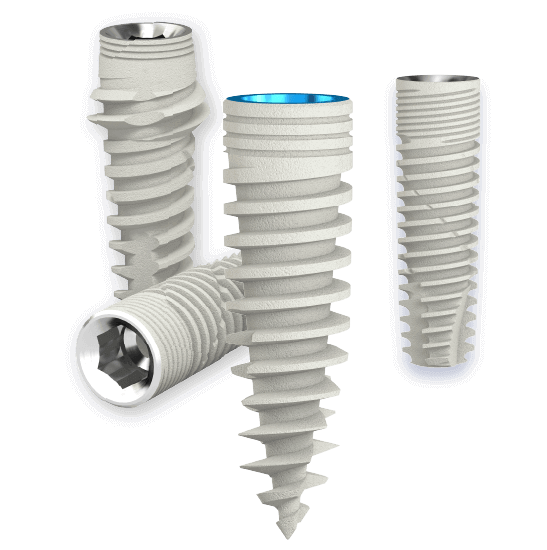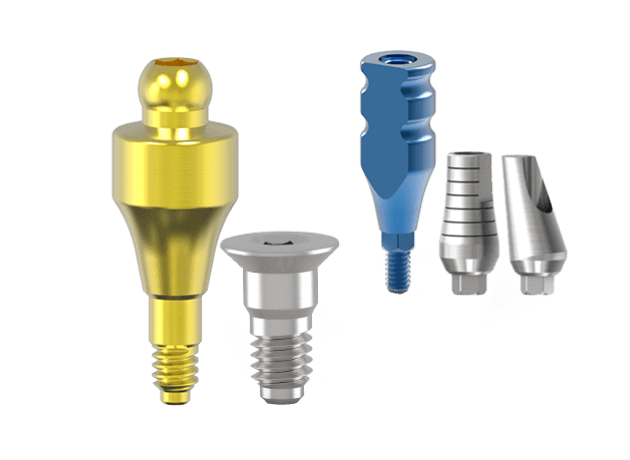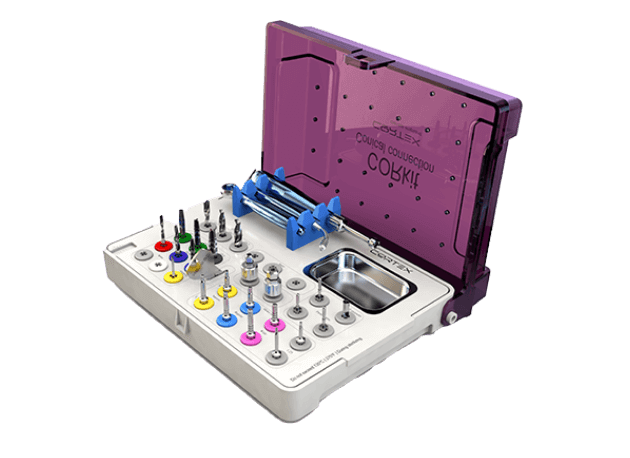A mere ten years back, the procedure for dental implants was predominantly manual. It involves traditional putty for impressions, 2D X-rays, and a largely guesswork-based process. However, recent technological advances have transformed this practice, moving away from the previous trial-and-error method.
In current times, digital dentistry is at the forefront of a digital revolution. Significantly reducing uncertainties and enhancing reliability for both patients and dental professionals. This is largely due to thorough pre-operative planning utilizing cutting-edge 3D imaging and simulations.
Detailed Planning from Every Perspective
Instead of basic X-rays, those undergoing implant procedures are now examined using comprehensive CBCT scans. These scans offer a full 3D view of the patient’s oral cavity, capturing even the minutest anatomical details. Sophisticated software enables dentists to virtually navigate through a patient’s anatomy. To precisely locate nerves, sinuses, and other critical areas, ensuring the ideal placement of implants.
Some systems integrate these CBCT scans with digital scans of the patient’s teeth and gums. This fusion results in an extremely precise 3D model, allowing for the simulation of the final implant crowns in the planned surgical areas. Dentists can digitally adjust the positioning to ensure aesthetic harmony before the actual surgery.
Enhanced Precision in Surgical Procedures
The thorough preparatory work reduces unexpected complications during surgery. Modern planning tools offer more than just a pre-operative blueprint – they allow for the creation and exportation of a comprehensive digital dentistry strategy.
Guided surgical tools then accurately implement this plan in reality. Customized drilling guides, derived from the 3D planning data, ensure precise drill placement. Robotic arms further improve accuracy by eliminating human error. Additionally, advanced augmented reality glasses can project the planned details directly onto the patient’s actual anatomy.
These technological aids virtually eliminate uncertainty regarding implant placement, leading to flawless positioning that aligns with both functional and aesthetic goals as envisioned by the dentist.
Enhanced Outcomes Through Superior Planning
This digital advancement in dental implants means that procedures are no longer ventures into the unknown. In-depth planning allows dental professionals to devise ideal treatment strategies tailored to each patient’s unique anatomical structure. Advanced guiding technologies then mitigate the risks associated with manual execution.
Utilizing these innovative technologies, dentists are now able to place dental implants with an unparalleled level of confidence, accuracy, and predictability. This benefits patients through reduced discomfort, faster procedures, and aesthetically pleasing crowns that blend seamlessly with their natural smile.
While still in a phase of continuous evolution, the realm of digital dental implants has already proven to be significantly advantageous for all parties involved. With the impending integration of automation and artificial intelligence, the future of dental implants is poised to become even more promising.





